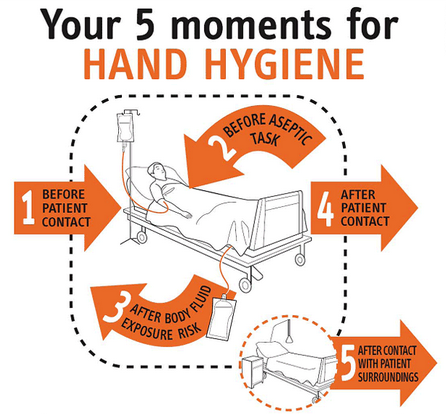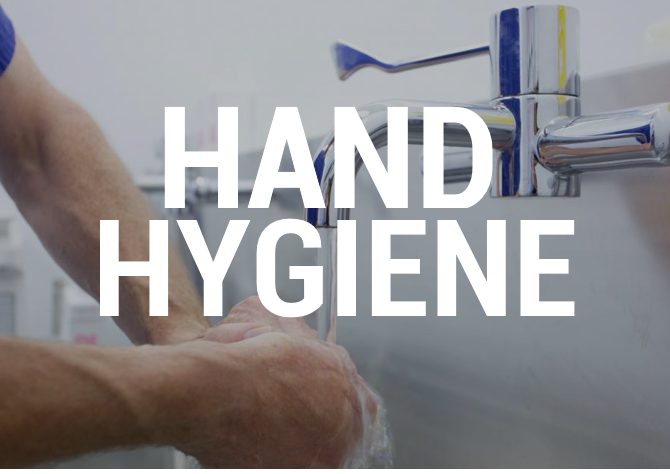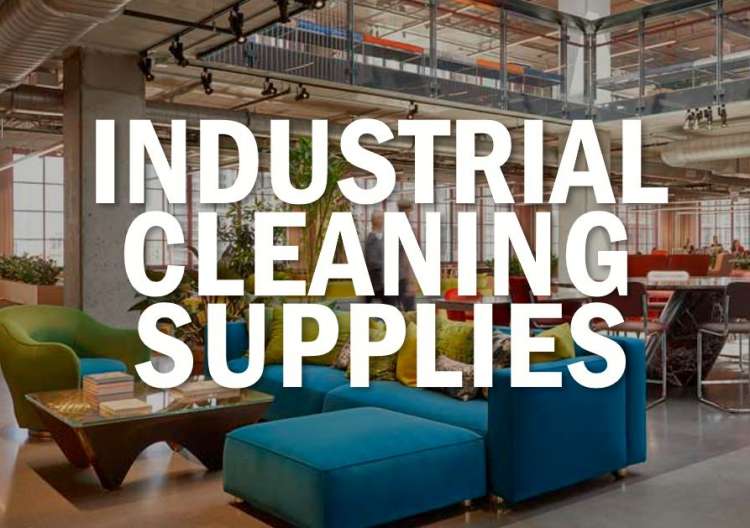This piece provided by Deb Group, part of SC Johnson Professional and makers of commercial skin care products like Stokoderm Frost.
We know washing our hands is good. We know it’s one of the most effective ways to prevent the spread of infections within healthcare settings. So then why is hand hygiene compliance still such an issue?
According to a Hospitals & Health Networks video, there are 10 primary causes of poor hand hygiene:
- Ineffective placement of dispensers or sinks
- Hand hygiene compliance data are not collected or reported accurately or frequently enough
- Lack of accountability and just-in-time coaching
- The safety culture does not stress hand hygiene at all levels
- Ineffective or insufficient education
- Health providers, such as those carrying supplies, have their hands full
- Wearing gloves that interfere with hand hygiene
- The perception that hand hygiene is not needed if wearing gloves
- Healthcare workers forget to perform hand hygiene
- Distractions
In addition, the Centers for Disease Control and Prevention (CDC) report some healthcare providers clean their hands less than half the times they should. Why? It might have something to do with the number of times a healthcare worker is ‘supposed’ to wash their hands in a day when following proper infection prevention practices. According to the World Health Organization’s (WHO) “5 Moments for Hand Hygiene,” healthcare workers must wash their hands in each the following situations:

That seems like a lot of handwashing. And when you take into account the number of patients a healthcare worker in a high acuity unit interacts with during a 12-hour shift, that number can quickly climb. Not to mention the time constraints if a healthcare worker were to ‘effectively’ wash their hands with soap and water only in a manner consistent with handwashing protocols.
How can we overcome the resistance to systematic hand washing?
Fortunately there are products and systems on the market now days to help make this task as easy as possible for healthcare professionals. First is the acceptance of alcohol-based sanitizers as an effective means of handwashing over the past few years. In fact, according to the CDC, alcohol-based sanitizers are now the preferred method for hand cleaning within healthcare facilities (except in cases of C. difficile) because they:
- Are more effective at killing potentially deadly germs on hands than soap
- Requires less time
- Are more accessible than handwashing sinks
- Produce reduced bacterial counts on hands, and
- Improve skin condition with less irritation and dryness than soap and water
Second, is the addition of electronic hand hygiene compliance monitoring systems to help remind healthcare workers when to wash their hands. These systems also provide accurate and reliable data to help them effectively measure and improve hand hygiene performance, leading to lower instances of infection.
While the standards and opportunities for hand hygiene remain the same in healthcare, the availability of more efficient product and technologies have made it an easier task for staff to comply with. Proper hand hygiene and sustained compliance are a necessary thing when working in healthcare to ensure the health and safety of the staff and patients. It is well known that hand hygiene makes an enormous impact on patient safety and the performance of the hospital, so making sure that staff are aware of, and able to follow, the 5-Moments is the first step in finding success with overcoming poor hand hygiene practices.





